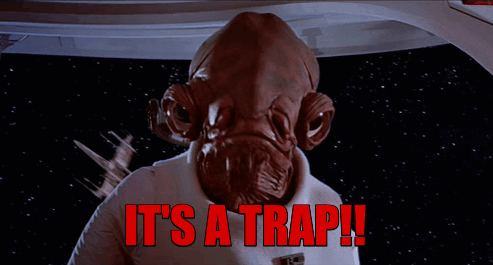The “finality trap”
May 18, 2020 The “finality trap” can arise when a plaintiff sues two defendants and then (a) voluntarily dismisses one defendant without prejudice, and then (b) litigates to conclusion against the other and loses. The plaintiff’s ability to appeal the outcome of proceeding (b) is affected by the lack of a final judgment in proceeding (a), because under Fed. R. Civ. P. 54(b), there is not a final decision as to any one defendant until there is a final decision for all defendants
The “finality trap” can arise when a plaintiff sues two defendants and then (a) voluntarily dismisses one defendant without prejudice, and then (b) litigates to conclusion against the other and loses. The plaintiff’s ability to appeal the outcome of proceeding (b) is affected by the lack of a final judgment in proceeding (a), because under Fed. R. Civ. P. 54(b), there is not a final decision as to any one defendant until there is a final decision for all defendants
Williams v. Seidenbach found that entry of a partial final judgment under Rule 54(b) solved the plaintiffs’ problem in that case. (Judge Ho, joined by Chief Judge Owen and Judges Jones, Stewart, Dennis, Elrod, Haynes, Graves, Higginson, and Engelhardt).
 A concurrence suggested that future litigants consider “bindingly disclaiming their right to reassert any dismissed-without-prejudice claims” as way to solve the problem. (Judge Willett, joined by Judge Southwick) (Note that all opinions appear in the same PDF document, linked above).
A concurrence suggested that future litigants consider “bindingly disclaiming their right to reassert any dismissed-without-prejudice claims” as way to solve the problem. (Judge Willett, joined by Judge Southwick) (Note that all opinions appear in the same PDF document, linked above).
A dissent, focused on the text of Rules 41 and 54, observed that once a “Rule 41(a) dismissal ‘adjudicated’ the plaintiffs’ claims . . . there were no claims pending after that adjudication” which mean that “Rule 54(b) was (and still is) completely irrelevant.” (Judge Oldham, joined by Judges Smith, Duncan and – unexpectedly – Costa).
To be continued . . .